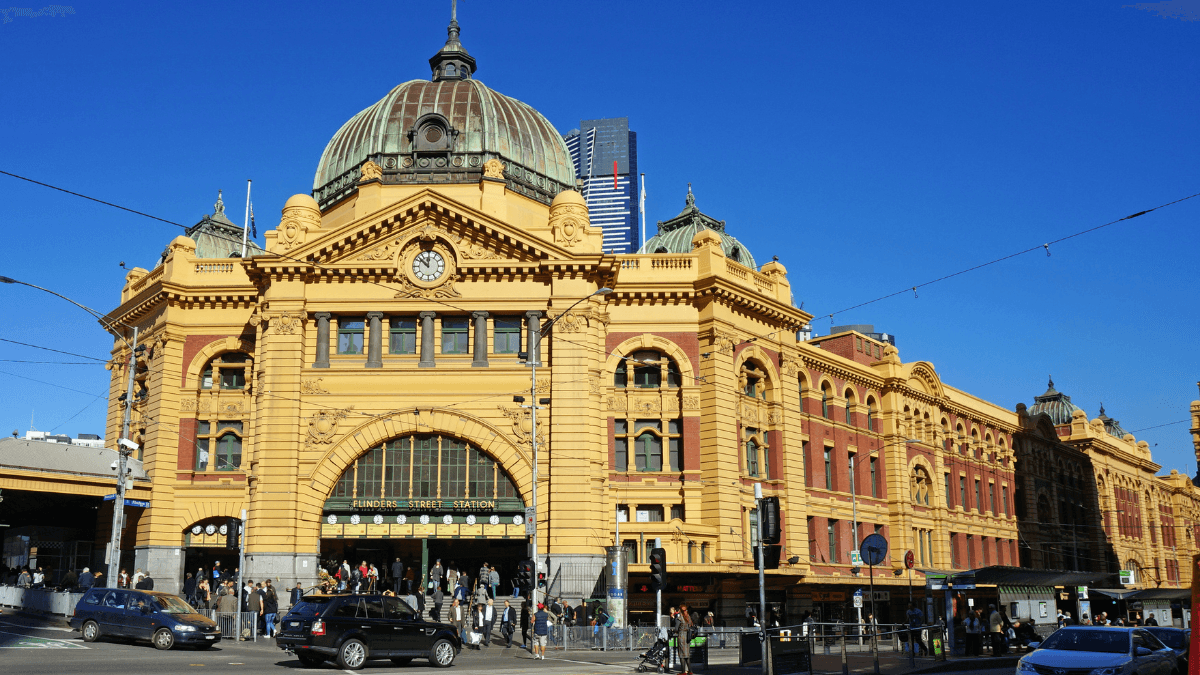After 500 days since the last Victorian budget, today Premier Daniel Andrews and Treasurer Tim Pallas announced their government’s plan for the state’s economic recovery from the coronavirus recession.
With interest rates at historic lows, and not going anywhere for a while, the budget revealed a state debt of a record $155 billion in the next four years.
The money will be directed predominantly at new infrastructure – almost $20 billion a year until 2024 – and programs that encourage employment, mental health and support for businesses.
“We’ve got a $23 billion operating deficit … but we’re aiming to get that down to $5.9 billion in three years,” Treasurer Tim Pallas told journalists privy to the budget lock-up this morning.
“It’s necessary to get Victoria back to work.”
Here’s what is in it for SMEs:
Job creation
This year’s Victorian budget plans to create 200,000 new jobs by 2022, and then double that figure by 2025.
“The Jobs Plan” released by the Victorian Government focuses on those deemed most affected by the COVID-19 pandemic, including young people, women, those aged over 60 and those with experience but without formal qualifications.
$619 million will be dedicated to a “Jobs for Victoria” program which will offer $250 million to support businesses by using a six-month wage subsidy for young people, workers who have had hours cut back, and people who have been long-term unemployed.
More jobs for women
A $10 million will be set up to assist female entrepreneurs to raise start-up capital. There will also be more funding for apprentices and trainees with a major focus on getting women into trades.
An additional $150 million of subsidy support will be dedicated to getting women back in work, with around a third of such placements being provided to women over 45.
The government has also allocated $170 million to make kindergaten free next year in the hopes of helping women and families juggle work and care. A further $82 million will be dedicated to increasing the availability of before and after school care.
Support for business
Businesses with payrolls of up to $10 million can continue deferring payroll tax for the rest of the financial year, as they have been through the Victorian second wave. The government will also increase the threshold for paying payroll tax on an annual basis to $100,000 from $40,000.
According to the announcement made today, the payroll tax changes are intended to provide $309 million of cash flow support to 7,000 businesses over the next four years.
A New Jobs Tax Credit initiative, which will run for two years, has been put in place to benefit small to medium sized businesses that re-hire staff, restore hours and create new jobs.
Under the new initiative, eligible businesses will qualify for a tax credit of 10 cents for every dollar of taxable wages above previous years.
Around $6 million will also go towards a new program called the Small Business Support Toolkit, which will offer SMEs with high-growth potential masterclasses and personalised coaching in digital innovation.
A 50 per cent stamp duty concession on commercial and industry property purchases has been offered to businesses who open or move to regional Victoria.
The budget also includes initiatives previously announced during the Victorian lockdown, such as the $2.6 billion Business Support Fund and a voucher program to encourage Victorians to visit regional pubs, hotels and wineries.
Innovation & technology
The government has allocated $2 billion to a Breakthrough Victoria Fund as part of a plan to make Victoria a leader in research and technology and drive innovation within the state.
The state government has pledged $626 million to improve mobile coverage and broadband access in regional areas under the the Digital Future Now fund.
Victorians have also been encouraged to enter the property market with the option to borrow using smaller deposits and receive a 50 per cent concession on stamp duty for the remainder of the financial year.
Keep up to date with our stories on LinkedIn, Twitter, Facebook and Instagram.

